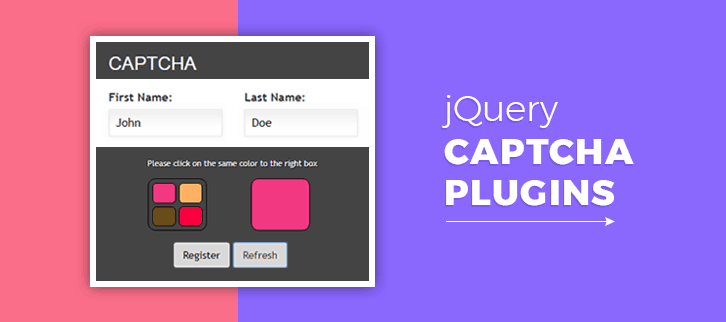

We will call generate method on our image and store this inside data. We will use the generate method to do the same. Next, let's generate the characters or numbers which will be displayed in the CAPTCHA. image = ImageCaptcha(width = 280, height = 90) We can also specify image dimensions like its height or width. Moving forward, we will now store it in a variable and call it as an image. If it runs successfully, you are good to go. Once done, we can now import the CAPTCHA package using the following command. So the very first step, we require CAPTCHA package so open your command prompt and run the following command. This alienation provides protection against bots with insufficient text recognition algorithms but can also be difficult for humans to interpret. It can also involve overlapping characters with graphic elements such as colour, background noise, lines, arcs, or dots. Alienation can involve scaling, rotation, distorting characters. The CAPTCHA presents characters in a way that is alienated and requires interpretation.

I am using Juyptr Notebook here, so the Image and Audio CAPTCHA will be created in the same folder where my python file is located.
#Custom captcha generator code
You can find the code at my GitHub Repository.

Now that you are aware of the basics, we can get started. You are shown an image and if you are a real person, then you need to enter its text in a separate field. CAPTCHA is an example of one-way conversion and a type of challenge-response test used in computing to determine whether or not the user is human. Its primary motive is to determine whether the user is a real human or a spam robot. Let's look at what will be covered in this Blog: Contents: Drop a star if you find it useful! Got anything to add? Open a PR on the same! Repository for Ultimate Resource in python.


 0 kommentar(er)
0 kommentar(er)
